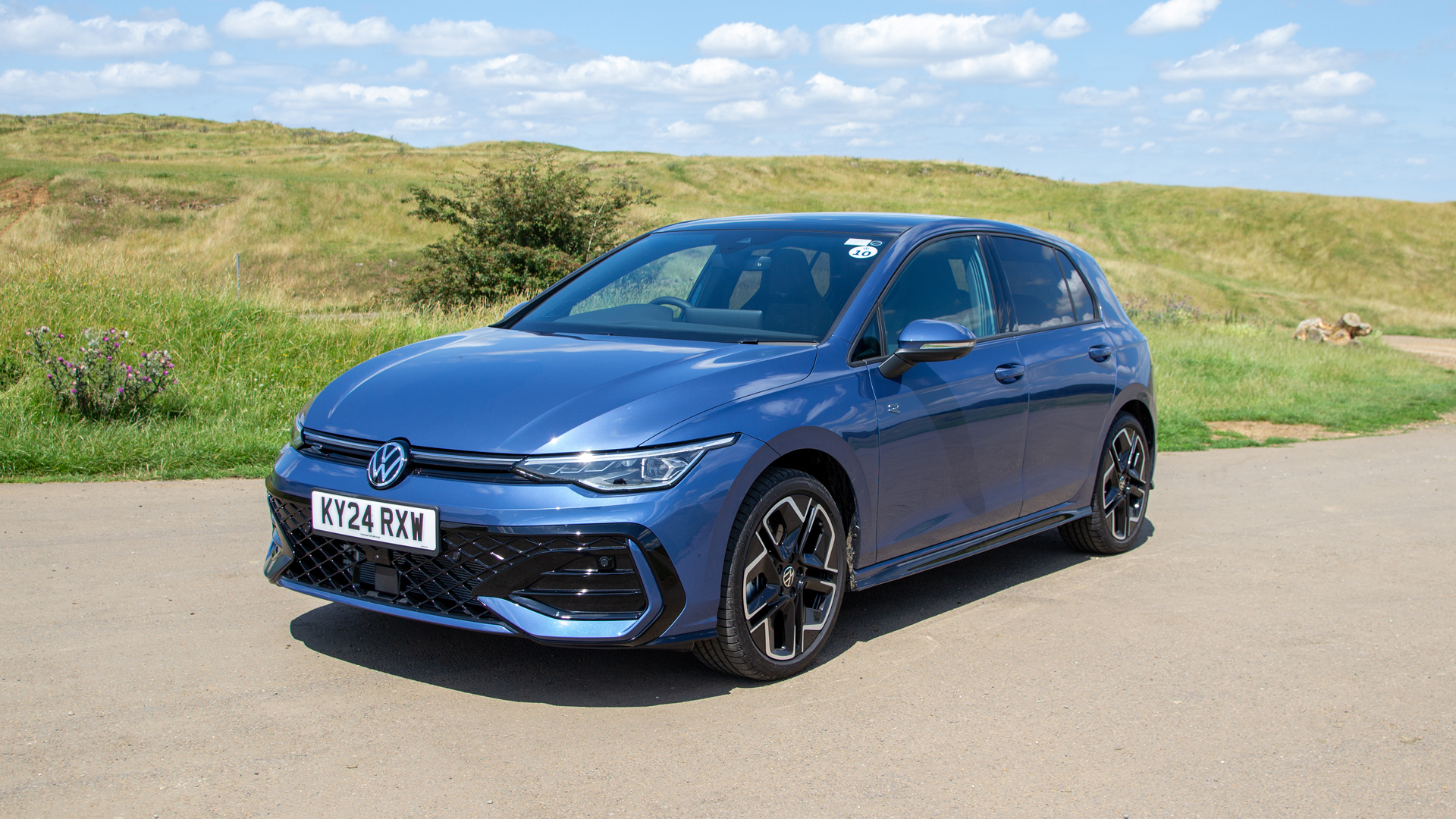
If you ask a child to draw a car, there's a good chance they'll sketch out something that looks like the Volkswagen Golf. That's not to say that this car is thrown together from infantile scrawl, but more that the Golf is the definition of what a car is.
Originally launched in 1974, it replaced the iconic VW Beetle, and over the 50 years since it made its debut, more than 37 million VW Golf have been sold. The latest update sees us move to version 8.5, a tweak on the Mk VIII that launched in 2019.
There are big changes to the infotainment system, the introduction of some headline-grabbing AI and a range of efficient engines to choose from, with an all-electric Golf line-up expected for the next-generation. Is this the last hurrah of the mighty VW Golf?
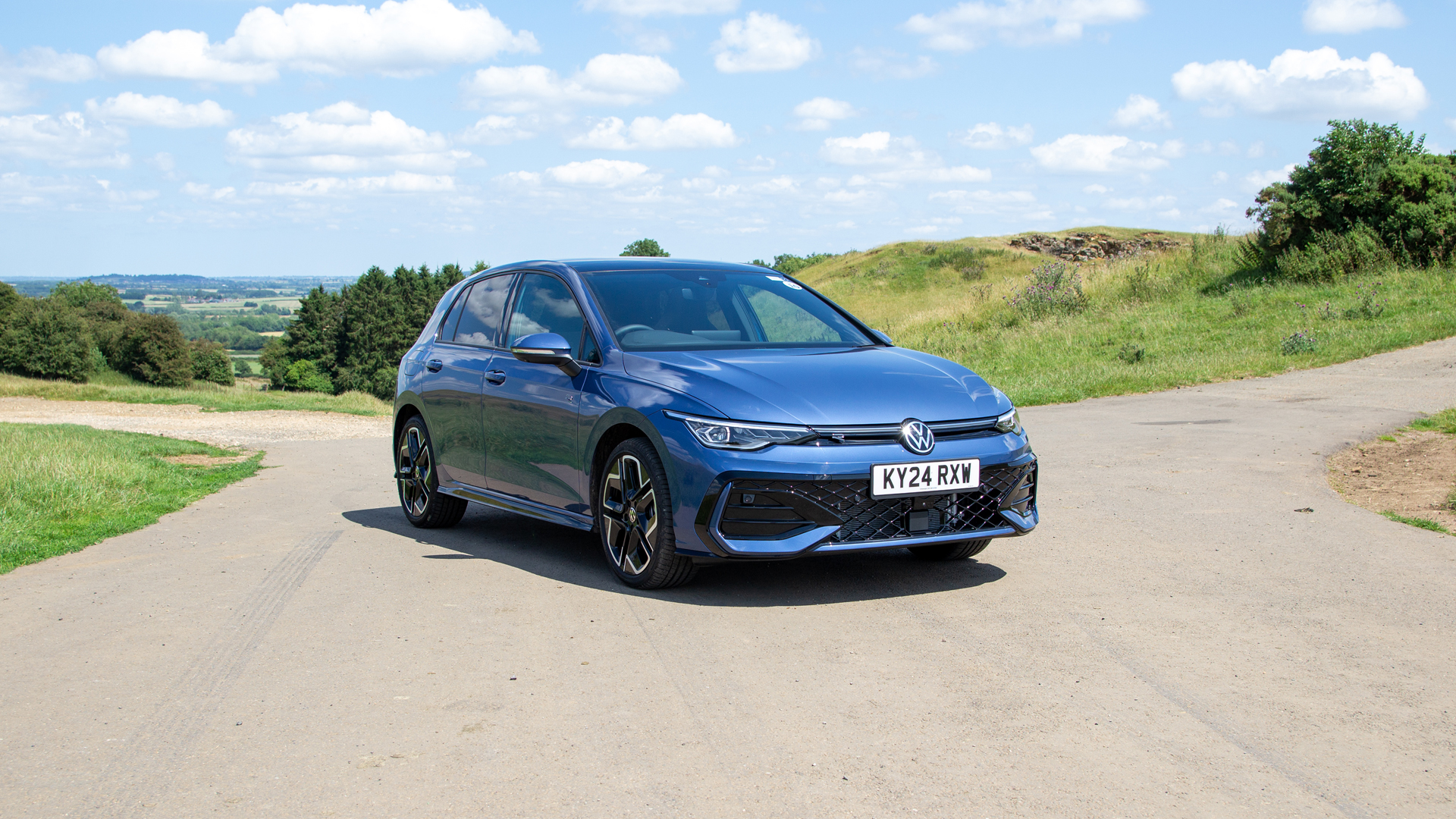
How much does the VW Golf cost?
The 2024 VW Golf costs from just over £27,000, with a full run of trim levels to choose from. They cover Life, Match, Style, R-Line, Black Edition, GTE and finally GTI. There will then be Club Sport and R models to build on the performance end of the scale, launching later in 2024.
The GTI currently tops the range from a performance point of view and starts at £38,900, although the plug-in hybrid GTE is the most expensive. The R-Line I test drove comes in at £30,285 at the time of writing. There are petrol, diesel, mild hybrid petrol and plug-in hybrid petrol, available, although not all trims get all engine choices.
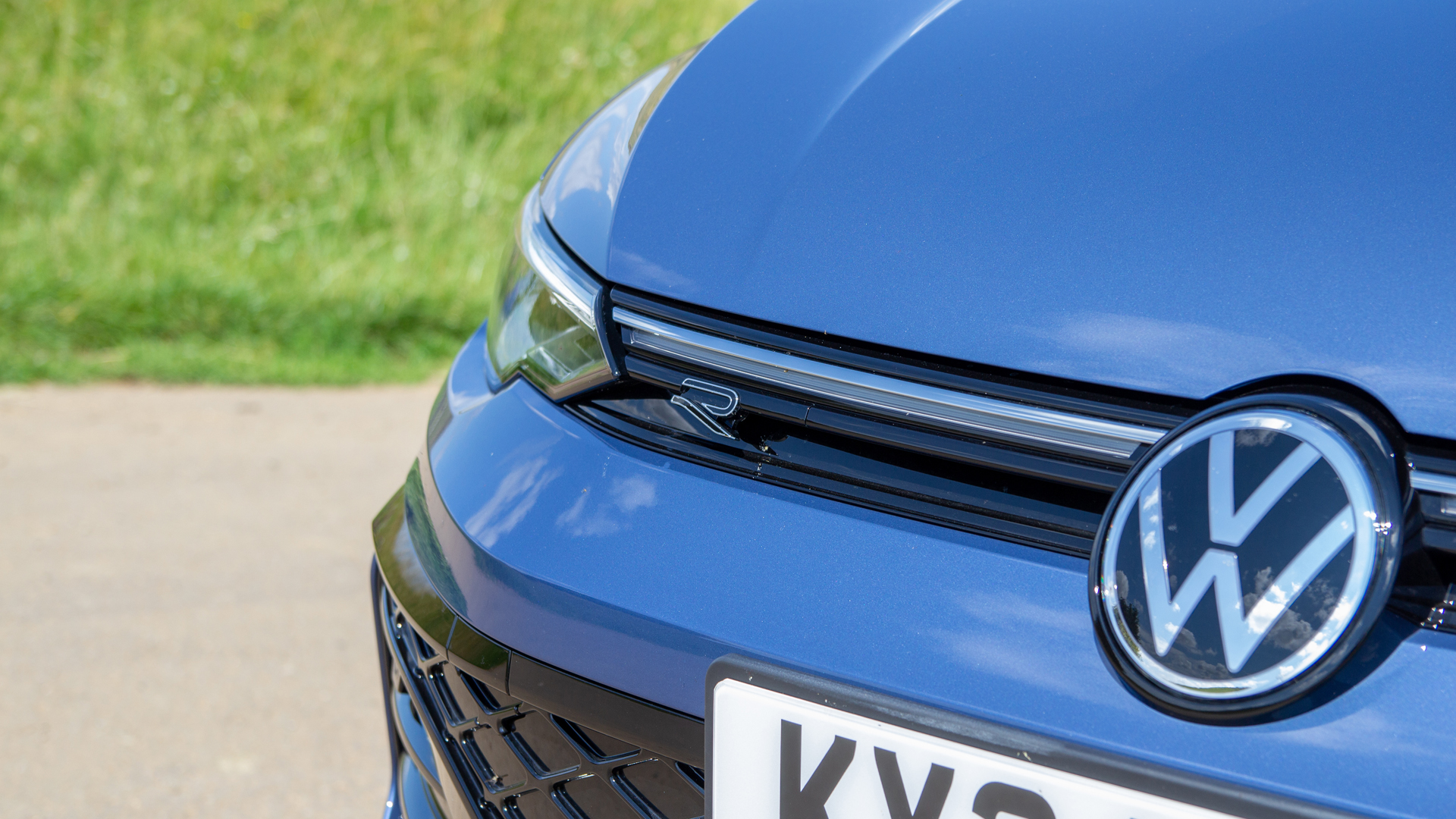
Design
The VW Golf is the quintessential hatchback. Long admired for its GTI models - rivalling other hot hatches - while offering a blend of affordability, performance and practicality. So well established is the VW Golf, that you'll struggle to find anyone who will turn their nose up at it.
VW's design also hasn't done anything radical with the Golf. Trace the different versions of this car through the past 50 years and there's consistency in the proportionality of this vehicle, a characteristic wide C pillar, while the general trend has been to smooth off the boxy appearance of the first couple of iterations.
In some ways, yes, you could say that the Golf looks remarkably like the Mk III that launched in 1991, but that's perhaps testament to how right this design is. From the exterior you probably need to be a super fan to spot the differences, but there's now an illuminated VW badge on the front, new bumper designs framing the (optional) LED matrix lights, new rear light layout and a tweaked rear diffuser.
The R-Line pictured here is really where this car switches from the entry-level trims of Life, Match and Style, to the sportier models that follow it.
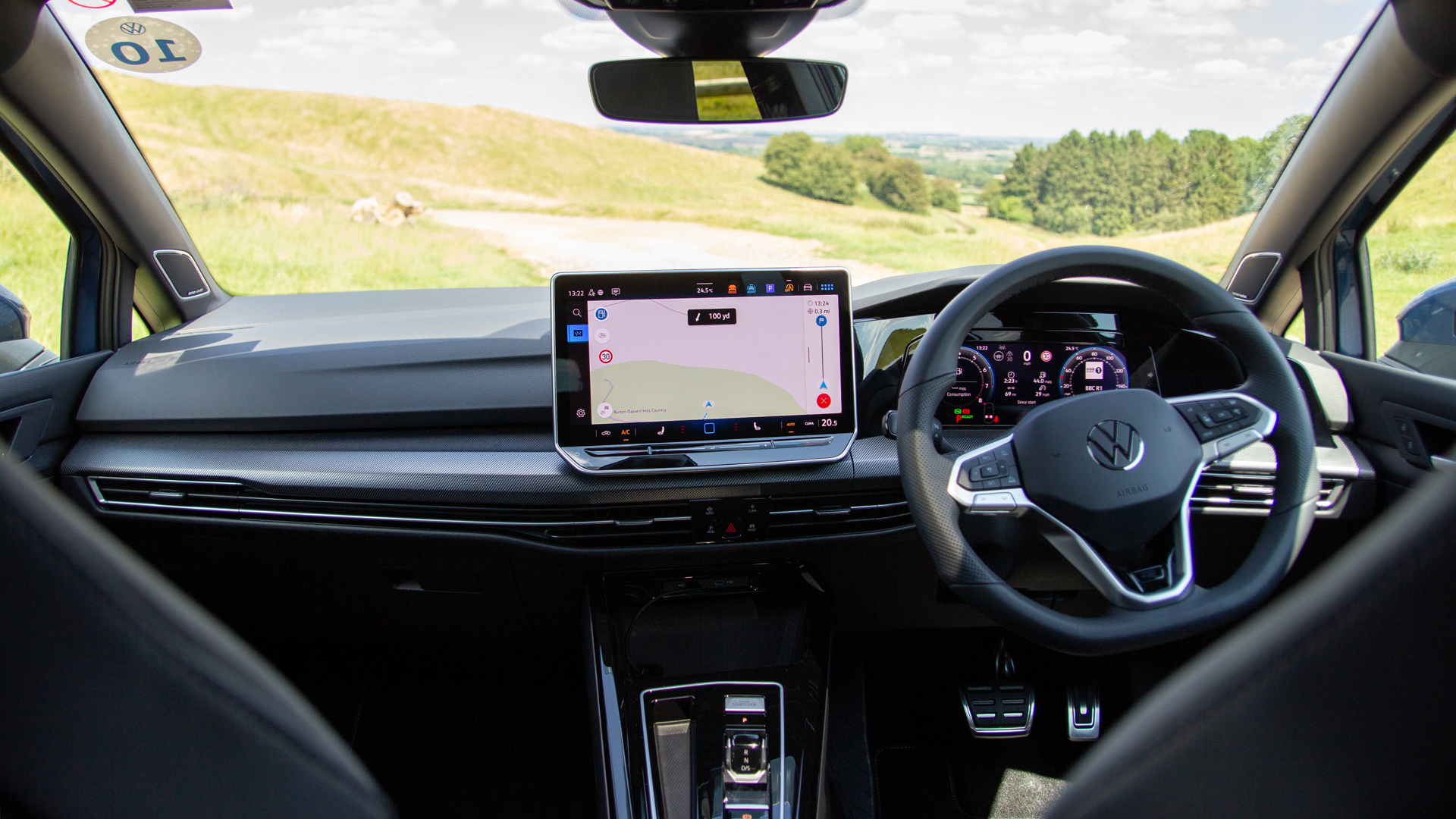
Interior and technology
Slip into the interior and there's a bigger change to deal with. The Golf now offers MIB4, the latest version of VW's infotainment system. That sees the 12.9-inch internal display separated and lifted towards the top of the dash, rather than sitting flush to the driver's cluster as was the case on the previous model.
If the design is familiar, that's because this is an evolution of the new system that made its debut on the ID.3 at launch, but more recently appeared in the VW ID.7. There has been a lot of refinement to address user feedback, giving you more customisation and making navigation slicker and faster.
That's paired with a little tweak to the steering wheel too. The previous Golf GTI (and some other models) moved to capacitive buttons on the steering wheel, which was not popular. VW listened to feedback and reverted them to proper buttons, for a much more distinct action. They basically look the same as they did in 2019. Sometimes progress is about moving backwards, after all.
That big display is glorious with those important tweaks to improve its operation. When it was first introduced, it took too many clicks to get to what you wanted, but now you can customise the shortcuts across the top. That's important, because if you're navigating, for example, and you change something else, then the only way back to navigation is to go back home and select navigation again. Drop the nav shortcut at the top and then it's just a click away.
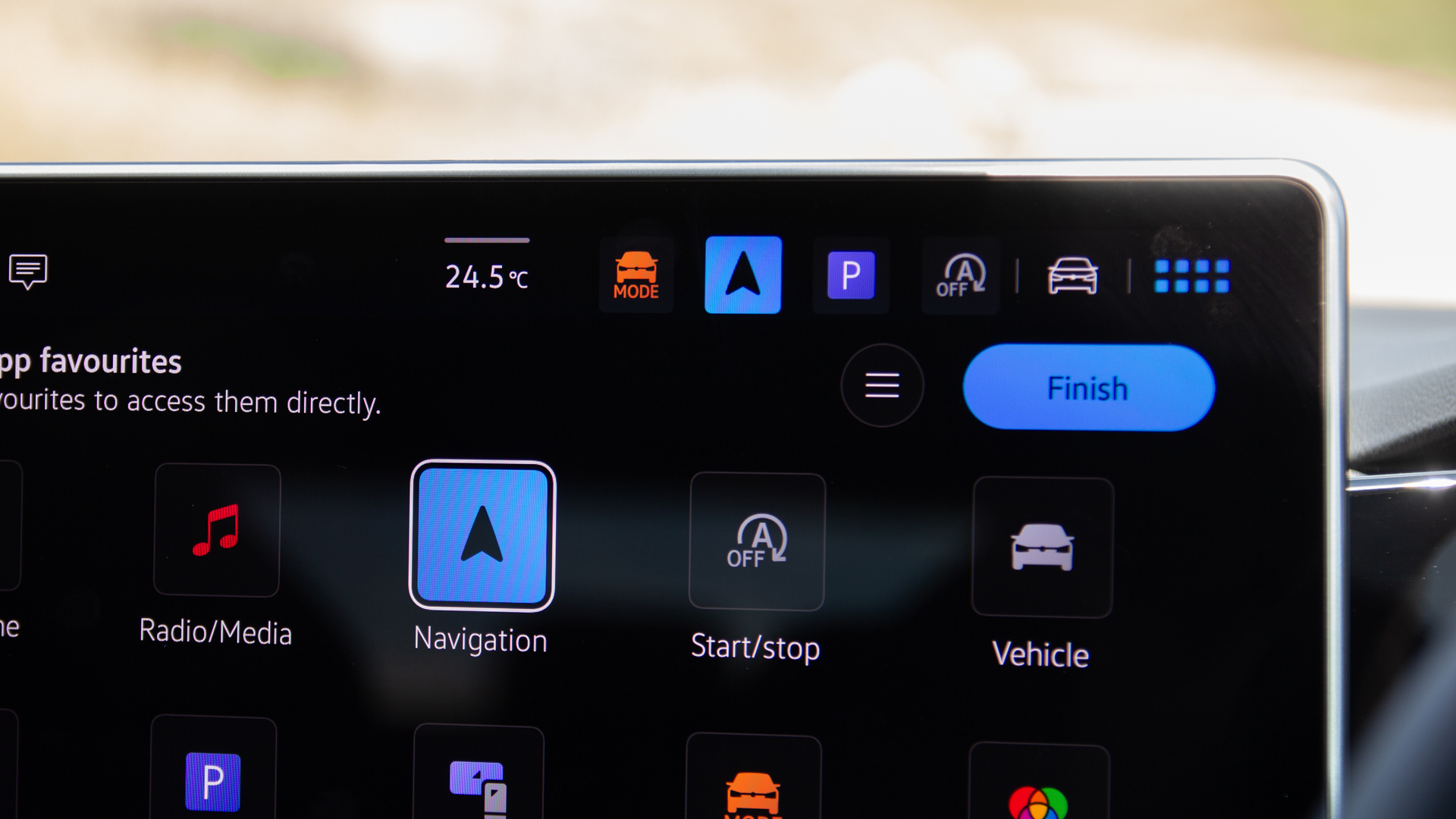
VW is backing up this touch-dominated system with IDA, its voice assistant. To imbue the system with more "intelligence", ChatGPT is also incorporated. The idea is that if you're asking a car-related question - how far to my destination, play BBC Radio 4, turn the heat up - then IDA will handle it. If it's more generic information then the answer will start with "According to ChatGPT…".
It's still a mixed experience, with IDA frequently saying that it doesn't understand, or that it can't do something, while ChatGPT will occasionally throw out an answer in typical AI style, that dances around the question rather than answering it. I asked the system where the nearest Nando's was and it found one 88 miles away and started navigation to central London, when the closest was actually a few miles away in Stratford Upon Avon.
But the rest of the experience is perfectly pleasant. Apple CarPlay and Android Auto are both wirelessly supported, while my car also had an 8.1 Harman Kardon sound system, which sounded great too.
New as an option on the VW Golf is a 360-degree camera which makes it super easy to park - and Park Assist Pro will also be coming later in the year allowing smartphone-controlled parking, which really is very high tech.
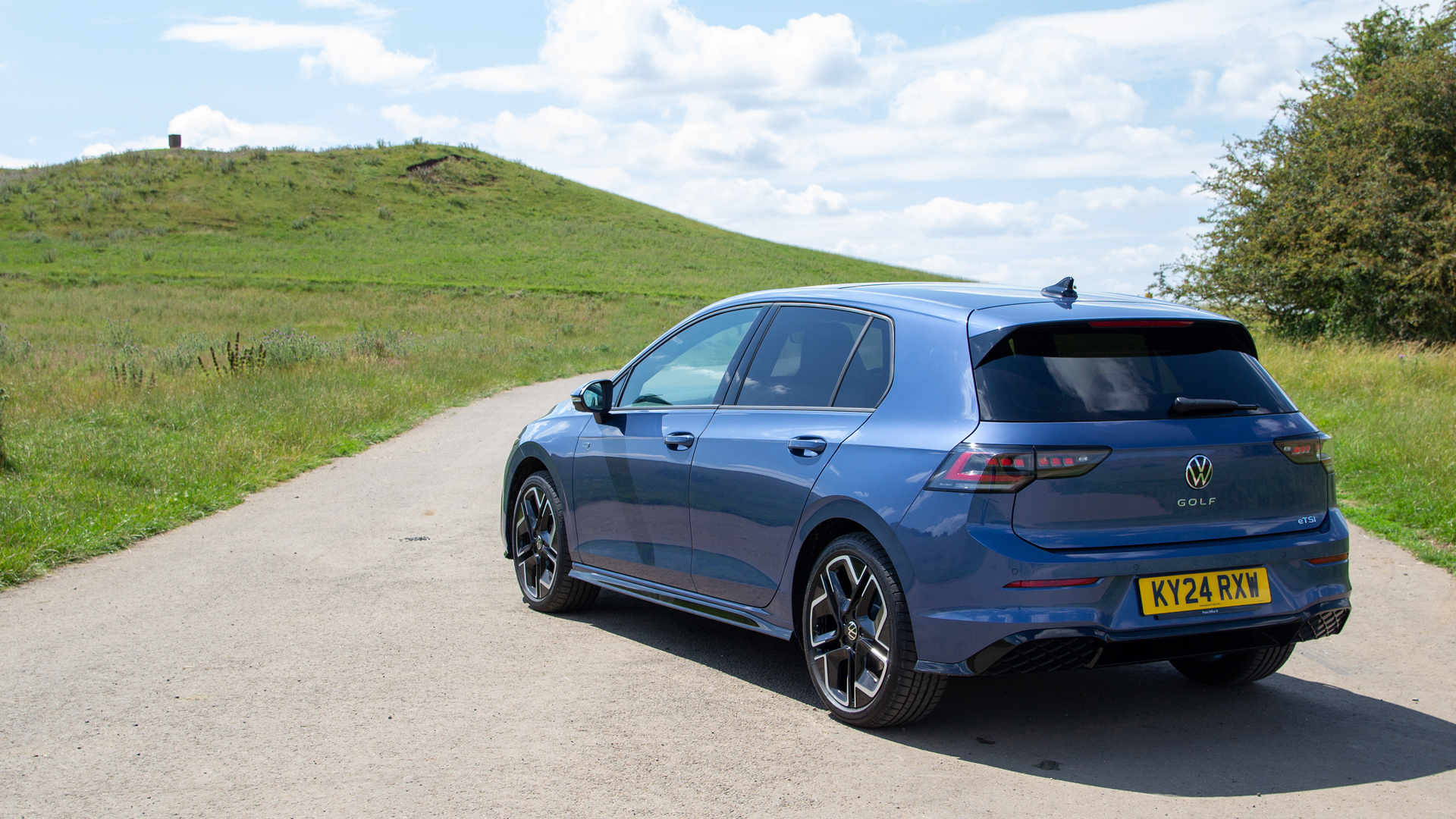
On the road performance
My test car was fitted with the 1.5-litre mild-hybrid and 7-speed DSG automatic gearbox. That gives you 150PS, with a 0-62mph time of 8.4 seconds. That's not going to break any records, but if that's what you want, the GTI with its 2-litre petrol engine and 5.9-second acceleration is probably more to your tastes.
There's a manual gearbox available, but that loses the mild hybrid configuration and the result is slightly lower efficiency and slightly higher emissions. There's also a diesel option for greater efficiency, which might appeal to those with longer range driving in mind.
These engines are now configured for efficiency, with the driver display giving you little messages about what's happening, advising when to lift off when approaching a junction for example, or telling you that it's running in two-cylinder mode when driving under a lighter load.
It's a smooth experience too. There's perhaps a little lag when you put your foot down and while the S (sport) mode will speed things up, the majority of Golf models don't drive like a racing car. That's a nod to the mainstream practicality and the 43mpg that my car returned from my test driving reflects that it is indeed efficient.
It's an easy car to drive. The drive modes aren't thrust in your face, so I suspect many people won't ever find them, and just knock it into drive and enjoy the confident way that the Golf handles. The steering is sharp and precise, but nicely weighted, making for great cornering. Sitting lower than your typical SUV, visibility remains great all around the car, which inspires confidence, while the suspension deftly handles mixed surfaces.
There's a little road noise that cuts into the cabin, a reminder that this is a mass market model rather than something luxury, and just the sort of car that many people will be perfectly happy to drive daily. Sure, the appeal of a more powerful GTI speaks to me, because that will make for more fun behind the wheel, but that's not what this £30k Golf is all about.
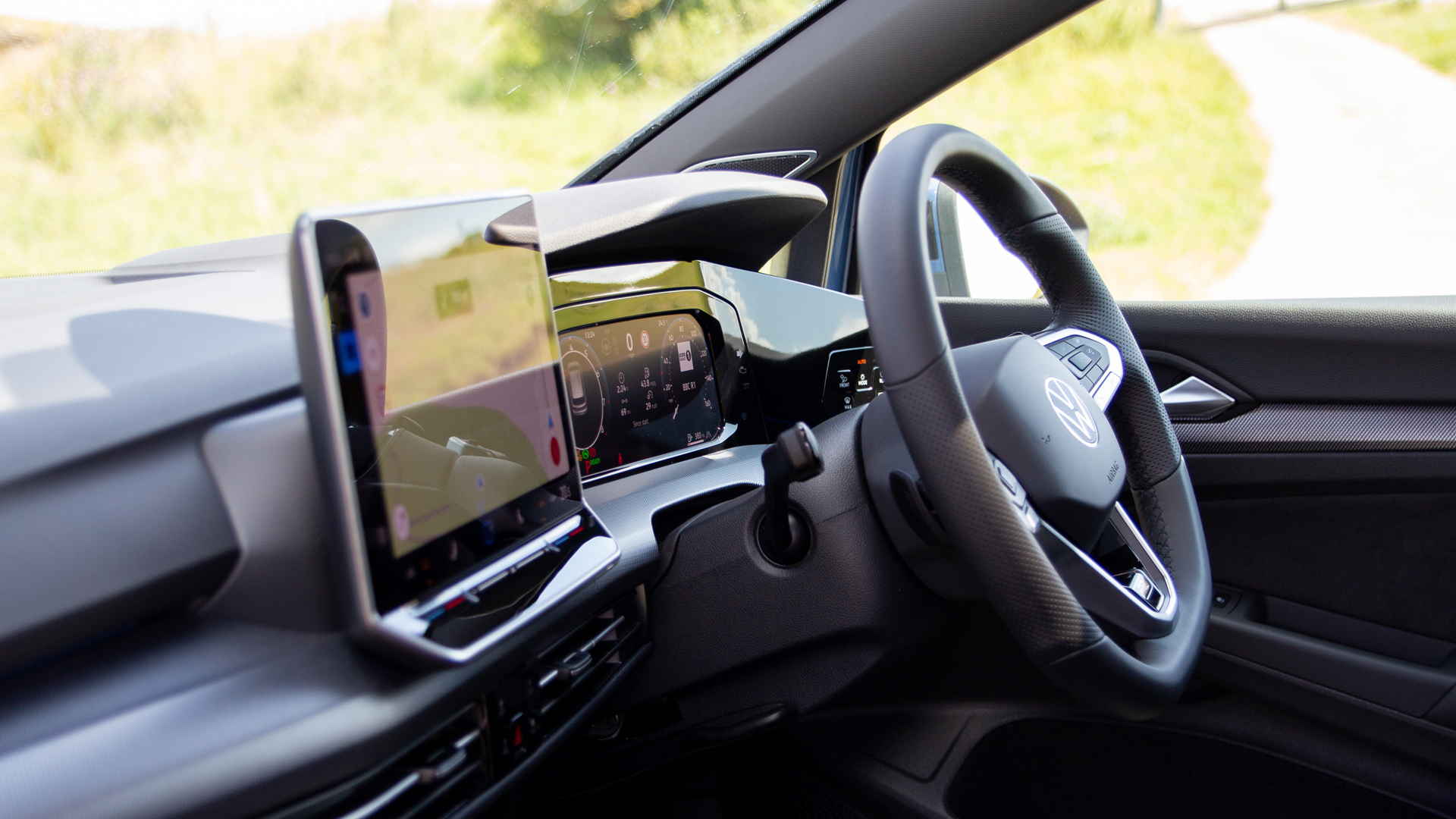
A word on the Golf GTE
I just wanted to add a few words on the Golf GTE, the plug-in hybrid version. It's the most expensive of the "normal" Golf models, but there's a good reason for that.
Thanks to a 19.7kWh battery, it will deliver over 80 miles of electric driving, which is substantial. That's a huge 120% increase over the previous GTE and completely reframes what this car is. The range will mean that, for many people, electric driving will be a reality, rather than the typical 30 miles that most plug-in hybrids offer.
To support this, the new Golf GTE will support DC charging up to 40kW, meaning you can realistically charge that battery quickly to resume electric driving.
Should I buy the new VW Golf?
This latest version of the VW Golf enhances its appeal, with efficient engines, new interior tech and sensible changes, like reverting the steering wheel controls to proper buttons. The result is an evolution of what the VW Golf is. In a world where everyone wants an SUV, the Golf makes a strong case for a traditional hatchback.
This car is cheaper than the VW Tiguan, while offering more compelling performance and much the same practicality, albeit with a smaller boot. Above all, the Golf remains a great car to drive: it just feels right, while the wide range of options and models, spanning petrol, diesel, mild and plug-in hybrid means there's something for everyone.
Happy birthday Golf, you're 50 years young and still going strong.







